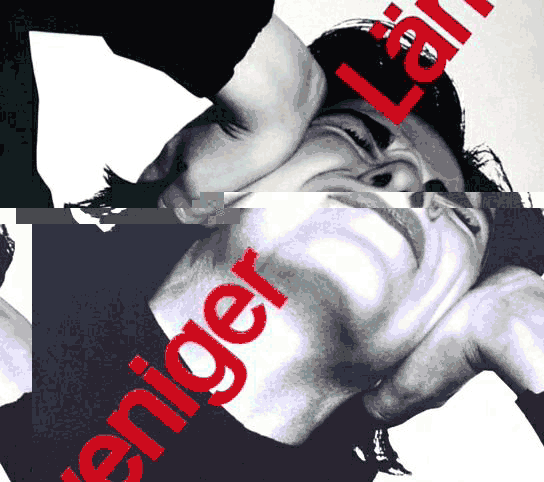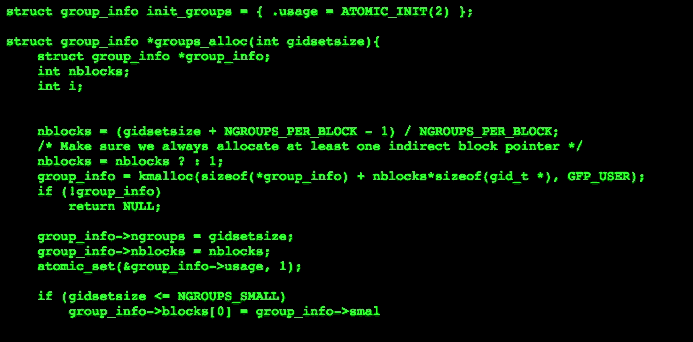
Introduction
What is the role of the visual designer of tomorrow? In a world where screens no larger than a postage stamp live on the wrists of their users, the canvas for visual designers has shrunk to the point where the metaphor of ‘invisible design’ is almost literal. Users increasingly are moving towards interactions based on sound and input, rather than through clicking a graphical interface with a mouse. Rumours of the web being in decline abound. The terms ‘designer’ and ‘developer’ are increasingly interchangeable. Even the differentiation between advertising and product design has blurred significantly in recent years.
The bottom line: What is the future role of visual design in this shifting landscape?
Designing for the invisible
In the immortal words of Bob Dylan, the times they are a-changin’. As the relationship between people and technology becomes increasingly intertwined, the way in which the two interact with each other has changed dramatically. User input is no longer defined by clicking a buttons or scrolling through long screens — it is now instant and invisible. An instant reply via an inline notification. A gesture. A spoken command. A glance or even just a thought in the future. Users no longer need to look at screens and clumsily click around an interface, no matter how beautifully designed it is. In the future, our integration with technology may be so tight that our notion of screens themselves for consuming mass media may be a thing the past. No interface equals no need for a visual designer, right? Wrong.
Who takes the lead?
Let’s take a step back. Back to the 70’s, in the days before GUIs, when to interact with a machine you needed to write commands into a terminal directly. The old school way. Back then, humans used code as the means in interact with machines. Therefore it made sense that ‘coders’ would take the lead in designing these interactions.
Flash forward a few years to when GUI’s came into being, graphic designers suddenly found themselves being passed the torch of leading the creation of digital interfaces because the means in which people interacted with machines had changed to be a primarily graphical way. The interaction method had changed, and therefore the skillset required shifted. Photoshop became the starting point of many a website, and the rest as they say, is history.

It feels like the torch is being passed yet again. With interactions now becoming increasingly more physical, building a product for digital has more in common with product design or engineering than visual design. These days, people who design for digital increasingly refer to themselves as ‘product designers’ rather than graphic or visual designers. They need to think beyond the visual realm, and as such, an entirely different skillset is required. The importance of prototyping and programming knowledge is now firmly at the top of the skill-set ladder. Indeed, it is very possible that designers who simply work in an exclusively visual way are most likely ill-equipped to create for this touch based world. And herein lies the problem for the visual designer. The ‘visual’ part in their title. The part that pigeon-holes us into the stereotype of being the ‘beautifier’ of things, rather than the creator of things.
Design does not equal making pictures
Perhaps we, as visual designers, in part have ourselves to blame for this mislabelling. There is often a notion that visual designers in digital simply ‘skin’ the visual side of things, while the serious functionality is worked out in advance by the ‘adults’ in UX or strategy. Hell, even my wife often asks me (only half-jokingly) after a day at the agency “Well dear, how was your day of drawing pictures?”. Long before the term ‘visual designer’ became synonymous with flat interfaces without context on Dribbble, the perception of the role was different. Designers were seen as problem solvers, information architects and creators of complex systems. People you could trust to create entire way-finding systems for cities, invent identities for worldwide corporations or create signage that managed the flow of pedestrians around airports. People who used their brains more than occasionally. Not just their Sketch 3 skills.
When we talk about the vanishing interface, about the role of designers being lost to templating engines or questioning the future of the profession, we seem to have forgotten that design was never about only about making pretty icons, interfaces, images or anything of the sort. First and foremost it is about solving problems, regardless of context. Solving problems and making useful shit that people actually need. With our brains. And maybe a pen and some post-it notes. It doesn’t matter about the output media — visible or invisible, touch or text, swipe or hover.
“Use your fucking brain”
Of course, in order to design for these unseen mediums, ‘visual’ designers of today need to expand their skills beyond the visual realm. A solid set of prototyping skills, a solid UX knowledge and of course, at least some development knowledge should be staples in the designers toolkit. In this author’s opinion, these skills are non-negotiable and should be taught at university level (and indeed are in many institutions). They are at least as important as lessons in typography, grids or any other exclusively visual teaching.
Good design was never about making pretty pictures. Or making the flattest interface ever seen on Dribbble. It was about solving problems. It was about good ideas. And it was about making great things that people use. It doesn’t matter if the user interacts with their fingers, a mouse, a voice command or anything else.
In the words of Erik Spiekermann — “Use your fucking brain. People don’t think enough. People don’t use their brain. They use copy-paste. Your brain is free. It is fast. Wickedly fast”. Forget about making pretty pictures. Let’s make shit that actually matters. And may the ‘Visual Designer’ (or at least the title) rest in peace.
Paul Woods
www.paulthedesigner.ie
@paulillustrator
Paul is an art director currently working at Huge, New York. Prior to that he was design director at Edenspiekermann, Berlin. His work has won several awards and is regularly featured in international publications and blogs. He is a member of the 2015 Awwwards jury.
Outside of his work day to day work, Paul likes to draw mildly offensive pictures of himself (often in the nude), design hand-lettered typefaces and write design commentary for various publications. He hates text that is written in the third person.